The New York Times, a bastion of journalism, has begun incorporating fictional elements into its reporting. This blend of fact and narrative technique aims to engage readers while maintaining journalistic integrity.
By employing storytelling methods, the NYT creates more immersive and emotionally resonant articles. However, this approach raises questions about the line between factual reporting and creative writing.
Critics argue that fictional elements may compromise credibility, while supporters see it as a way to make complex issues more accessible. The NYT’s challenge lies in balancing engaging content with its commitment to truth and accuracy.
How Does The NYT Use Fictional Elements in Reporting?
The New York Times, known for its rigorous reporting and fact-checking, has begun to incorporate elements traditionally associated with fiction writing into its journalistic practices. This approach, often referred to as literary journalism or creative nonfiction, aims to engage readers on a deeper level while still maintaining the core principles of truthful reporting.
Narrative Techniques
One of the primary ways the NYT employs fictional elements is through the use of narrative techniques. These may include:
- Scene-setting: Journalists paint vivid pictures of locations and events, immersing readers in the story.
- Character development: Subjects of articles are presented as fully-fledged characters with backstories, motivations, and personal quirks.
- Dialogue: Conversations are reconstructed or reimagined to add depth and authenticity to the narrative.
- Pacing: Stories are structured with a clear beginning, middle, and end, often building tension or suspense.
Sensory Details
The NYT often incorporates rich sensory details to bring stories to life. This technique, borrowed from fiction writing, helps readers connect emotionally with the subject matter and creates a more immersive experience.
Point of View
While traditional journalism often maintains a detached, third-person perspective, the NYT has experimented with different points of view in its reporting. This can include first-person narratives from journalists or subjects, or even second-person perspectives that directly address the reader.
What Are Some Examples of Fiction in NYT Articles?
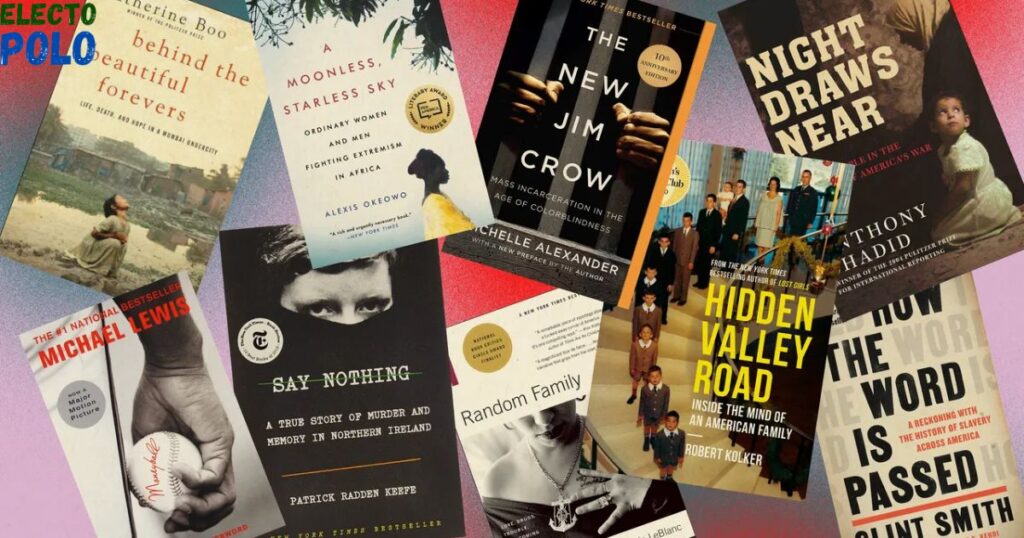
While the New York Times does not publish outright fiction as news, it does employ fictional techniques in various sections and articles. Here are some notable examples:
Feature Stories
Long-form feature articles often incorporate fictional elements to create a more engaging narrative. For instance, a profile of a political figure might begin with a descriptive scene from their childhood, setting the stage for a deeper exploration of their character.
Travel Writing
The NYT’s travel section frequently uses evocative language and narrative techniques to transport readers to far-flung destinations. These articles often read like short stories, complete with colorful characters and local legends.
Opinion Pieces
Op-eds and personal essays in the NYT sometimes employ fictional scenarios or hypothetical situations to illustrate complex ideas or make persuasive arguments.
Multimedia Storytelling
The NYT’s digital platform allows for innovative storytelling techniques that blur the lines between journalism and fiction. Interactive features, virtual reality experiences, and graphic novels are just a few examples of how the publication pushes the boundaries of traditional reporting.
Read This Blog: MM- Alarm Component Kit for Surface Mount AED Cabinets Manual
Why Does The NYT Include Fiction in Its Content?

The New York Times, a bastion of journalism, increasingly blends factual reporting with fictional techniques. This innovative approach aims to engage readers deeply while maintaining journalistic integrity, sparking debates about the evolving nature of news storytelling in the digital age.
Engagement
By employing narrative techniques, the NYT aims to captivate readers and keep them invested in the story. This is particularly important in an age of short attention spans and information overload.
Emotional Connection
Fictional elements can help readers forge emotional connections with the subjects of articles, fostering empathy and deeper understanding of complex issues.
Accessibility
Complex topics can be made more accessible through the use of storytelling techniques, allowing a broader audience to engage with important news and ideas.
Competitive Edge
In a crowded media landscape, the NYT’s use of fictional elements helps it stand out from other publications and attract a diverse readership.
How Does Fiction Affect the Credibility of The NYT?

The inclusion of fictional elements in NYT reporting has sparked debate about its impact on the publication’s credibility. Critics argue that blurring the lines between fact and fiction can undermine the newspaper’s reputation for accuracy and objectivity.
Transparency
To maintain credibility, the NYT has implemented strict guidelines for the use of fictional techniques in reporting. Articles that employ these methods are often clearly labeled or accompanied by explanatory notes.
Fact-Checking
The NYT maintains rigorous fact-checking processes to ensure that even articles employing fictional techniques are grounded in verifiable facts.
Editorial Oversight
A system of editorial oversight helps maintain the balance between engaging storytelling and journalistic integrity.
What Are the Benefits of Using Fiction in Journalism?
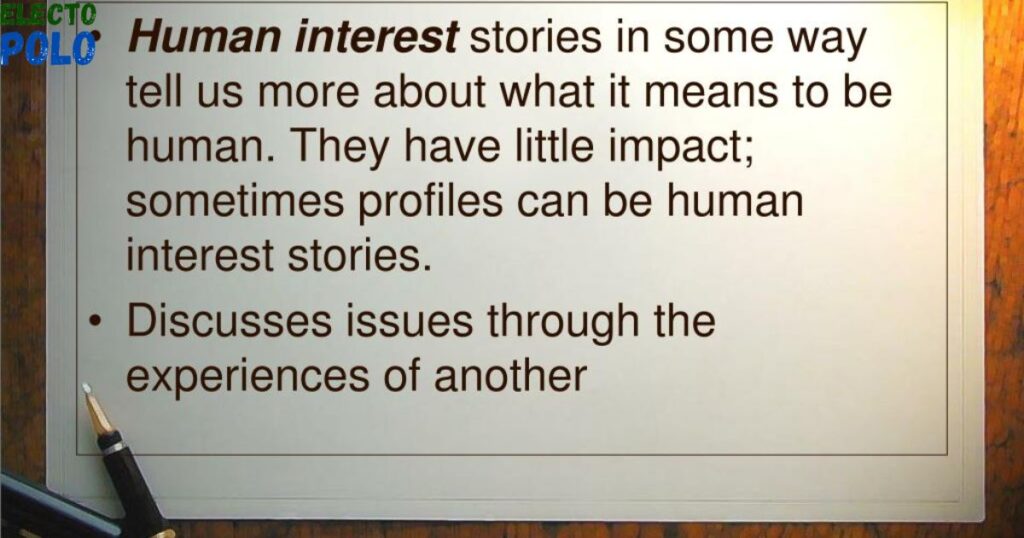
Fictional techniques in journalism can enhance reader engagement, improve understanding of complex issues, and create emotional connections. These elements make stories more memorable, accessible, and impactful, potentially reaching a broader audience and fostering empathy for diverse perspectives and experiences.
The incorporation of fictional elements in journalism offers several advantages:
Enhanced Understanding
Narrative techniques can help readers grasp complex issues by presenting them in a more relatable and accessible format.
Memorability
Stories told using fictional elements are often more memorable, increasing the likelihood that readers will retain important information.
Empathy Building
By humanizing subjects and issues, fictional techniques can foster greater empathy and understanding among readers.
Expanded Audience
The use of engaging storytelling techniques can attract readers who might otherwise be intimidated by or uninterested in traditional news formats.
What Are the Potential Drawbacks of Fiction in Journalism?
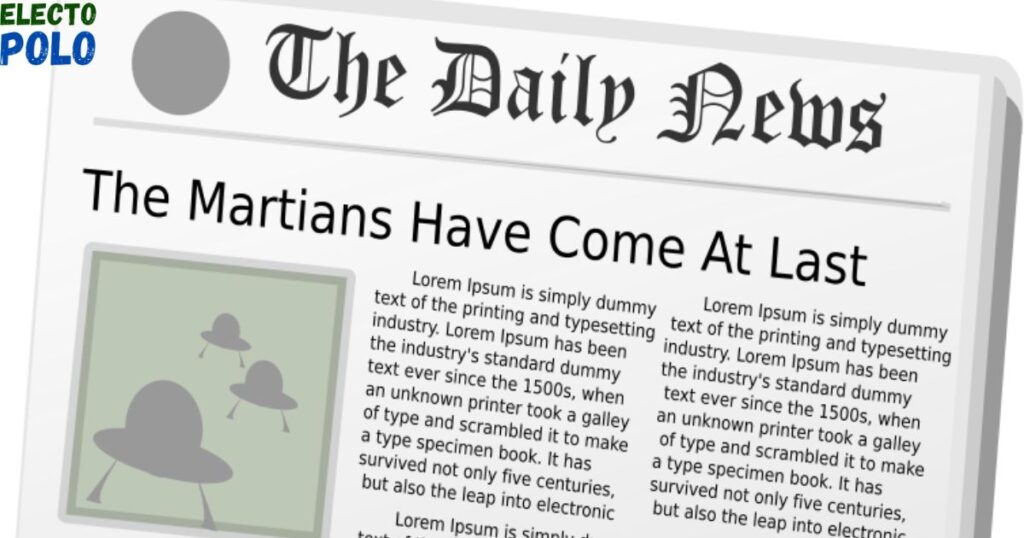
Incorporating fictional elements in journalism carries risks. It may lead to misinterpretation, erode credibility, create ethical dilemmas, and oversimplify complex issues. Readers might struggle to distinguish fact from fiction, potentially undermining the core purpose of news reporting: to inform accurately.
While there are benefits to incorporating fictional elements in journalism, there are also potential pitfalls:
Misinterpretation
Readers may misinterpret fictional elements as factual, leading to misunderstandings or the spread of misinformation.
Credibility Concerns
Overuse of fictional techniques may erode the public’s trust in the publication’s commitment to factual reporting.
Ethical Dilemmas
Journalists may face ethical challenges when deciding how much creative license to take with real events and people.
Oversimplification
Complex issues may be oversimplified or sensationalized when presented using fictional techniques.
How Can Readers Differentiate Between Fiction and Fact in NYT Articles?
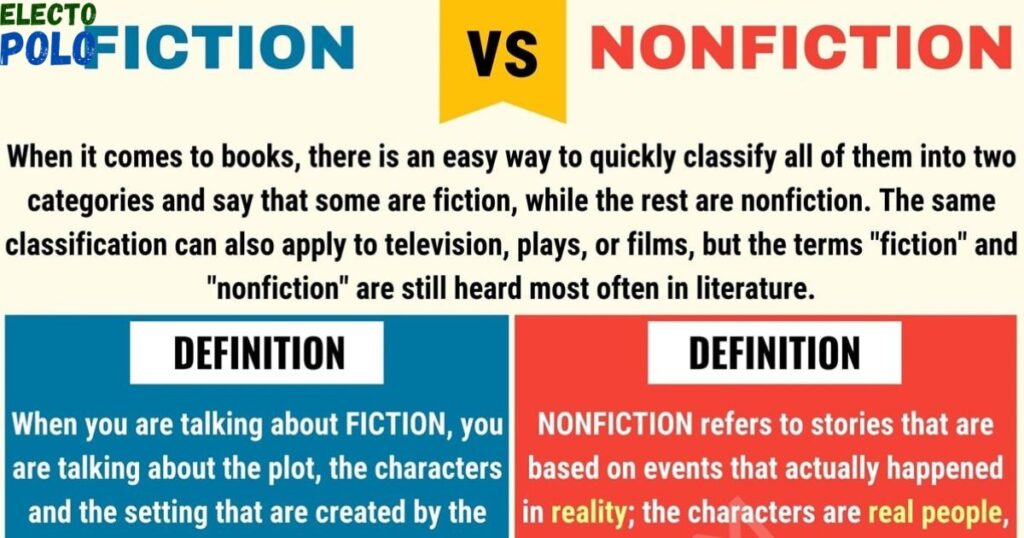
Readers can distinguish between fiction and fact in NYT articles by looking for clear labels, checking the section, verifying sources, and developing media literacy skills. The NYT often provides guidance, but critical thinking remains crucial for discerning storytelling elements from factual reporting.
As the lines between fact and fiction blur, it’s crucial for readers to develop critical reading skills:
Look for Labels
The NYT often clearly labels articles that employ fictional techniques or creative nonfiction approaches.
Check the Section
Be aware of which section of the newspaper you’re reading, as different sections may have different standards for incorporating fictional elements.
Verify Sources
Pay attention to source attribution and fact-checking notes provided by the NYT.
Develop Media Literacy
Cultivate critical thinking skills and media literacy to better discern between factual reporting and creative storytelling.
What Role Does Fiction Play in Enhancing Reader Experience?
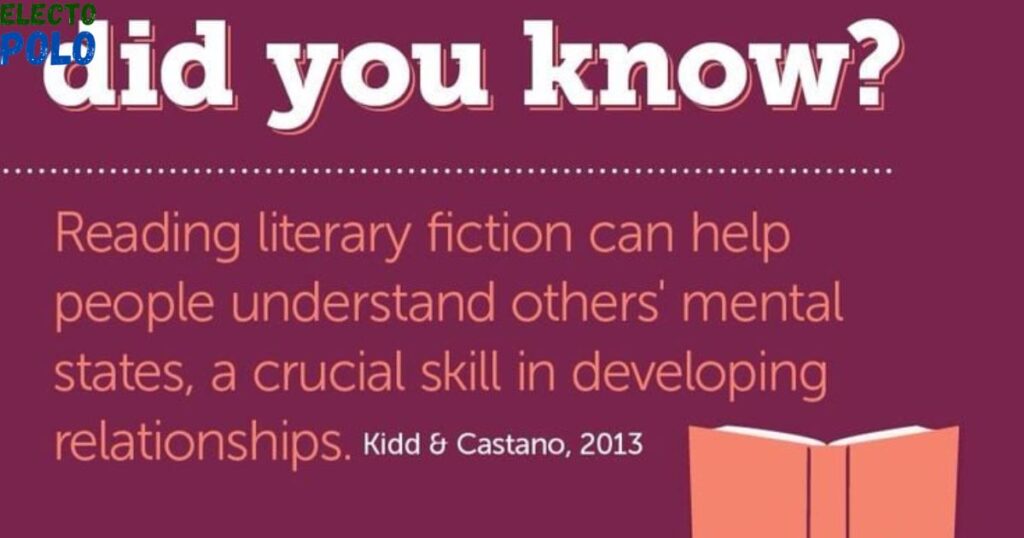
Fiction in journalism creates an immersive experience, engaging readers emotionally and intellectually. It brings stories to life, making complex issues more relatable and memorable. By employing narrative techniques, fiction helps contextualize news events, deepening understanding and encouraging reader connection with the content.
Fictional elements can significantly enhance the reader’s experience of news and information:
Immersion
Narrative techniques create a more immersive reading experience, allowing readers to feel as if they are witnessing events firsthand.
Emotional Resonance
By employing fictional elements, articles can resonate emotionally with readers, making the information more impactful and memorable.
Contextual Understanding
Fiction can provide broader context for news events, helping readers understand the human elements behind the headlines.
Entertainment Value
While maintaining journalistic integrity, the use of fictional techniques can make reading the news a more enjoyable experience.
Read This Blog: Skateboard Frog with a 40oz Birdhouse: A Unique Blend of Fun and Functionality
How Can Fiction in Journalism Impact Public Perception?

Fiction in journalism can blur the line between fact and fabrication, potentially misleading readers and shaping public opinion based on false narratives. This practice undermines the credibility of news media and can have far-reaching consequences on social and political discourse.
The use of fictional elements in journalism can have far-reaching effects on public perception:
Shaping Narratives
Fictional techniques can shape public narratives around important issues, potentially influencing opinions and attitudes.
Humanizing Complex Issues
By presenting stories through a more human lens, fictional elements can make complex issues more relatable and understandable to the general public.
Challenging Preconceptions
Creative storytelling can challenge readers’ preconceived notions and encourage them to view issues from new perspectives.
Inspiring Action
Emotionally resonant stories told using fictional techniques may be more likely to inspire readers to take action on important issues.
Frequently Asked Questions
Is the New York Times publishing fiction as news?
No, the NYT does not publish outright fiction as news. It employs fictional techniques to enhance storytelling while maintaining factual accuracy.
How can I tell if an NYT article uses fictional elements?
Look for labels, check the section, and pay attention to source attributions and fact-checking notes provided by the NYT.
Does the use of fictional techniques compromise journalistic integrity?
Not necessarily. When used responsibly and transparently, these techniques can enhance understanding without compromising facts.
Are all NYT articles written using fictional elements?
No, many NYT articles adhere to traditional journalistic styles. Fictional elements are more common in features and certain sections.
Can fictional techniques in journalism be misleading?
If not handled carefully, they can be. The NYT strives for transparency and clear labeling to minimize misunderstandings.
Conclusion
The New York Times’ incorporation of fictional elements in its reporting represents a bold evolution in modern journalism. By blending rigorous fact-checking with engaging storytelling techniques, the NYT aims to create a more immersive and impactful reading experience. While this approach is not without its challenges and critics, it offers a potential pathway for journalism to remain relevant and influential in an increasingly competitive media landscape.
As readers, we must approach this new form of journalism with both openness and discernment. By developing our media literacy skills and maintaining a critical eye, we can fully appreciate the benefits of this innovative approach while remaining grounded in facts. The future of journalism may well lie in this delicate balance between fiction and fact, storytelling and reporting, emotion and information.

I’m passionate electric scooter enthusiast and the voice behind this blog. I’m here to share my expertise and insights with you. From in-depth reviews to problem-solving guides, my goal is to help you make the most of your electric scooter experience.








![Gomyfinance.com Invest: I Made $5,000 in My First Month [Real Results 2025]](https://electopolo.com/wp-content/uploads/2025/05/Gomyfinance.com-Invest-I-Made-5000-in-My-First-Month-Real-Results-2025-150x150.jpg)


